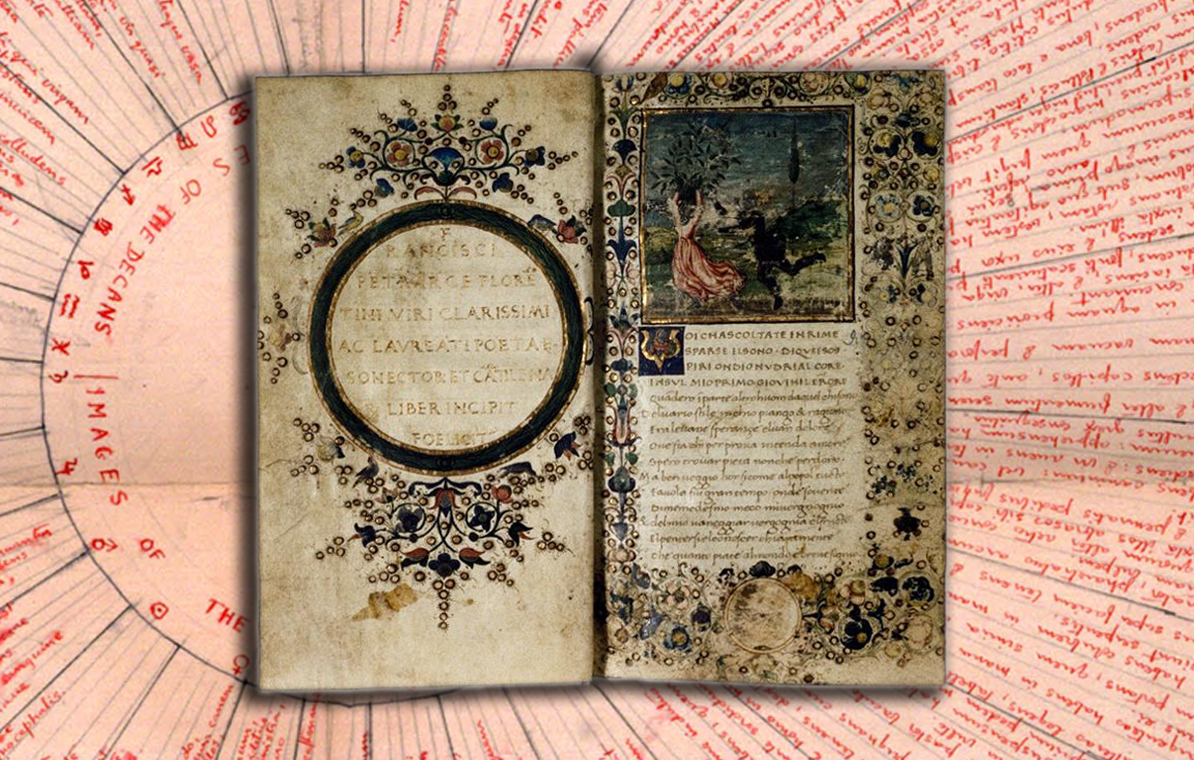Petrarch’s “Original” of the <i>Fragmenta</i> 1362-1558: from Boccaccio to Rovillio’s third printing
DOI:
https://doi.org/10.5399/uo/hsda.1.1.1231Abstract
This essay questions the use of the term original to refer to Petrarch’s partial holograph of the Fragmenta (Vaticano Latino 3195) by examining the essential scribal change of register, from “fair” to “service” copy, that the poet imposed upon the still unsewn quires. Especially for an author like Petrarch, keen upon revising minute details of his lyrics and upon authorizing an “edition” of his own work, a fair copy produced by a professional copyist under his supervision was, as we see in much of Latino 3195 and in professional copies of other works supervised by the poet, a key component of his “original.” Examining four integrated critical and material approaches to Petrarch’s work not only in the partial holograph but also in early codices and early printed editions, this study analyzes the utility of early fair copies in tracing the “original” of the Fragmenta.Downloads
Published
2011-01-20
Issue
Section
Perspectives
License
Copyright (c) 2011 H. Wayne Storey

This work is licensed under a Creative Commons Attribution-NoDerivatives 4.0 International License.
Authors who publish with this journal agree to the following terms:
- Authors retain copyright and grant the journal right of first publication with the work licensed under a Creative Commons Attribution No Derivatives License that allows others to share the work with an acknowledgement of the work's authorship and initial publication in this journal.
- Article and journal metadata is released under a Creative Commons Attribution license.
- Authors may enter into separate, additional contractual arrangements for the non-exclusive distribution of the journal's published version of the work (e.g., post it to an institutional repository or publish it in a book), with an acknowledgement of its initial publication in this journal.
- Authors are permitted to post their work online (e.g., in institutional repositories or on their website) prior to and during the submission process, as this can lead to productive exchanges, as well as earlier and greater citation of published work (See The Effect of Open Access). Indicate that the manuscript is under submission.

